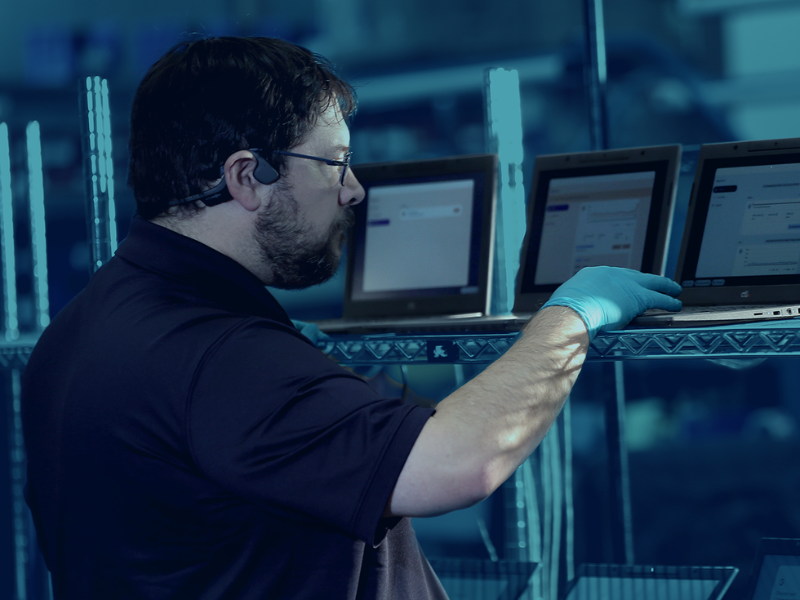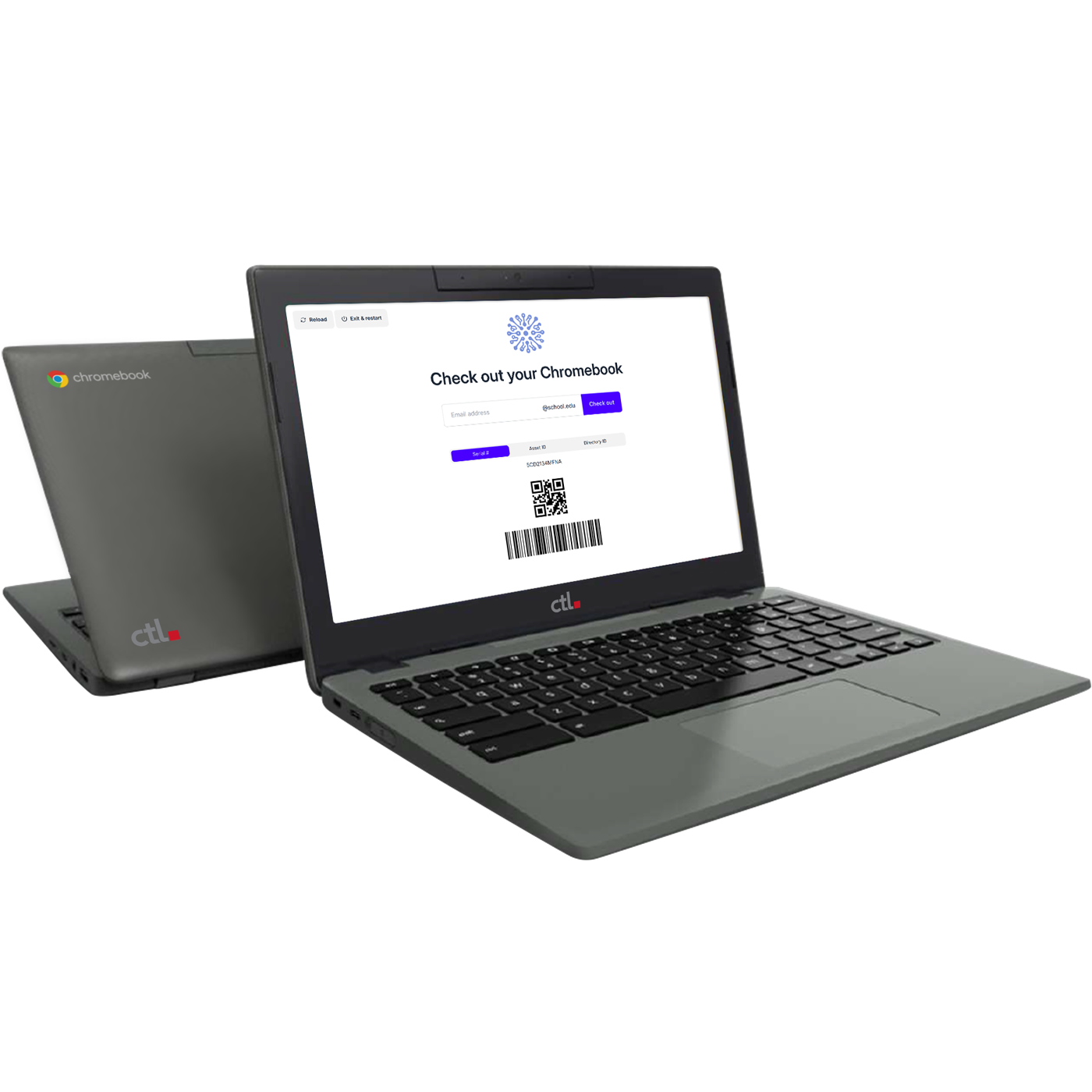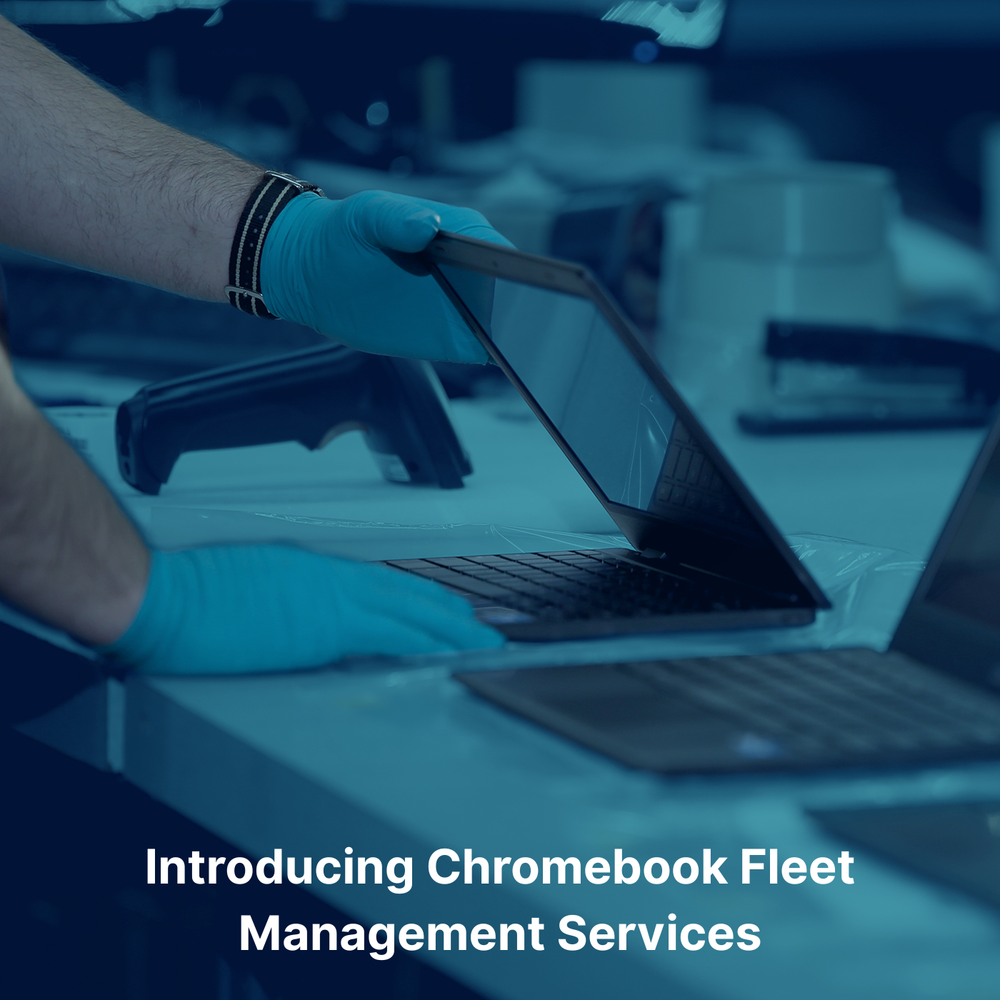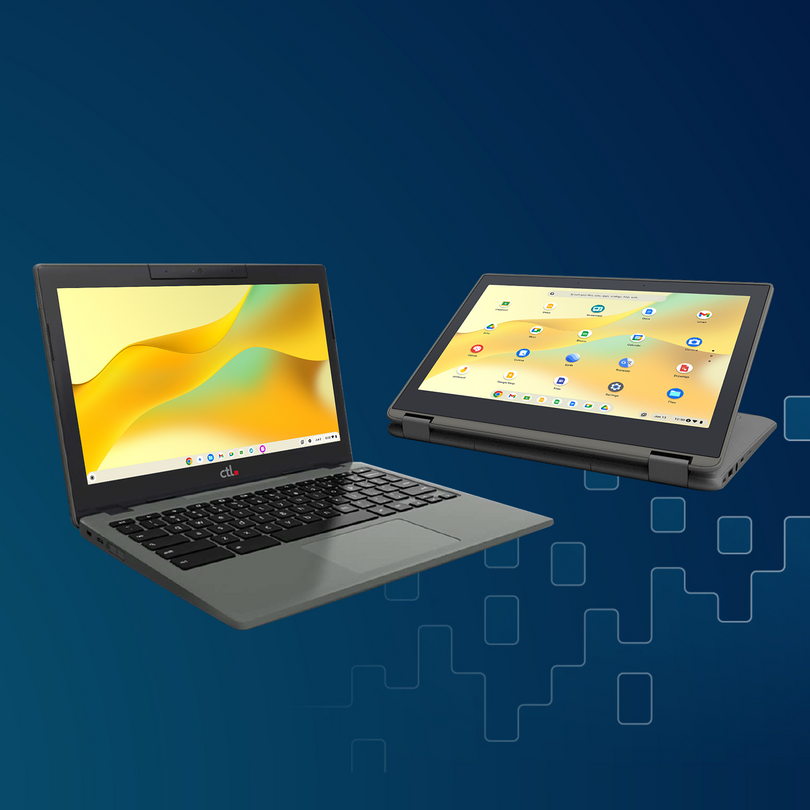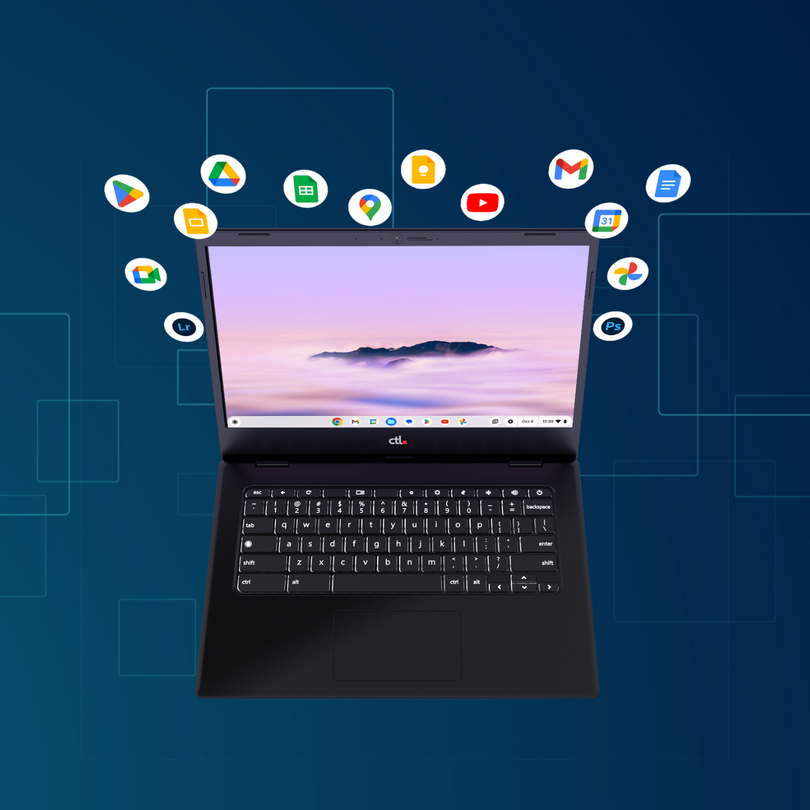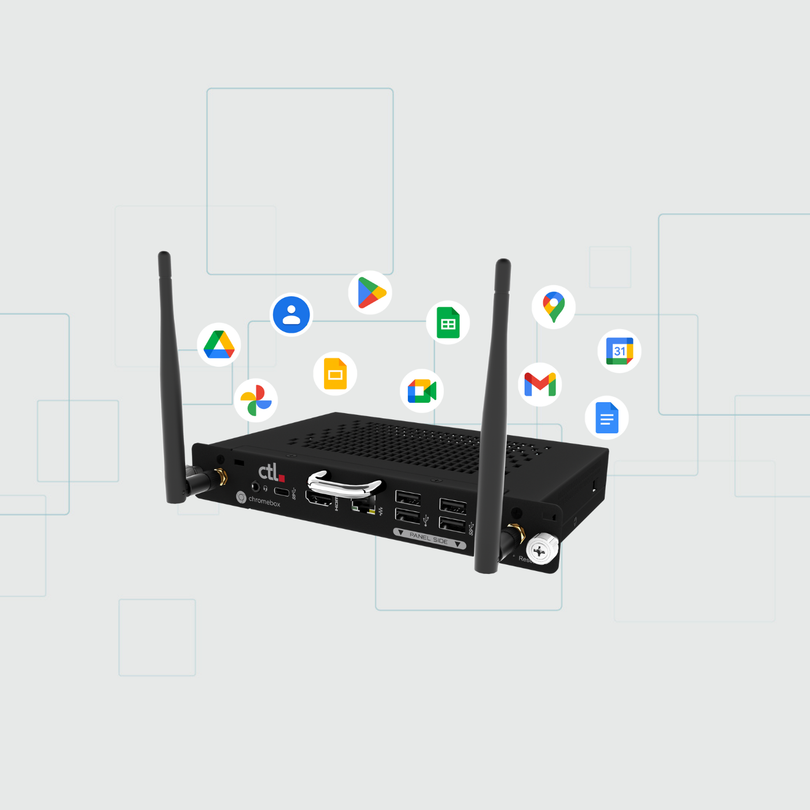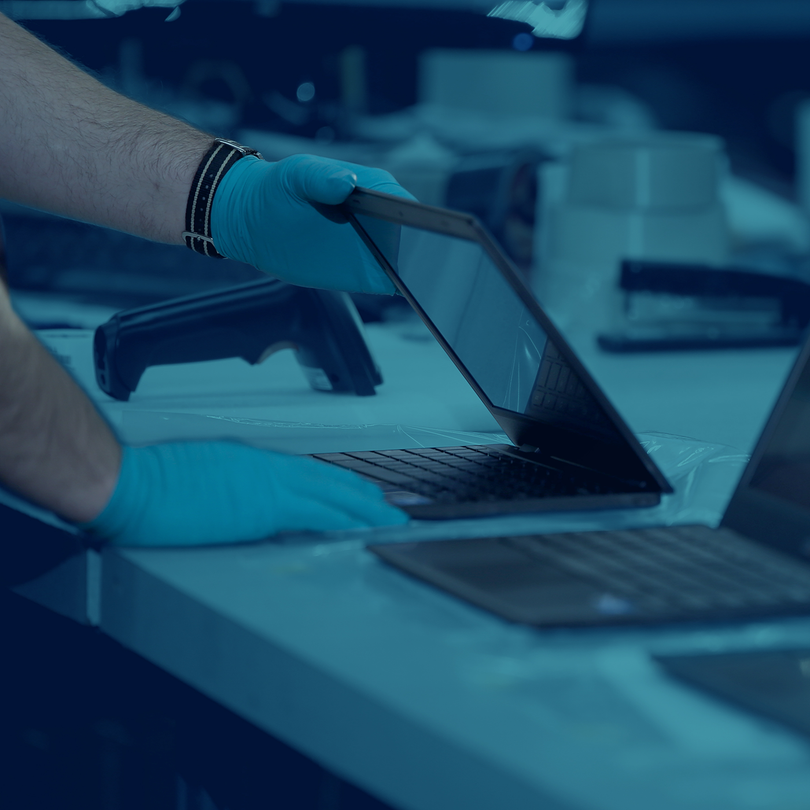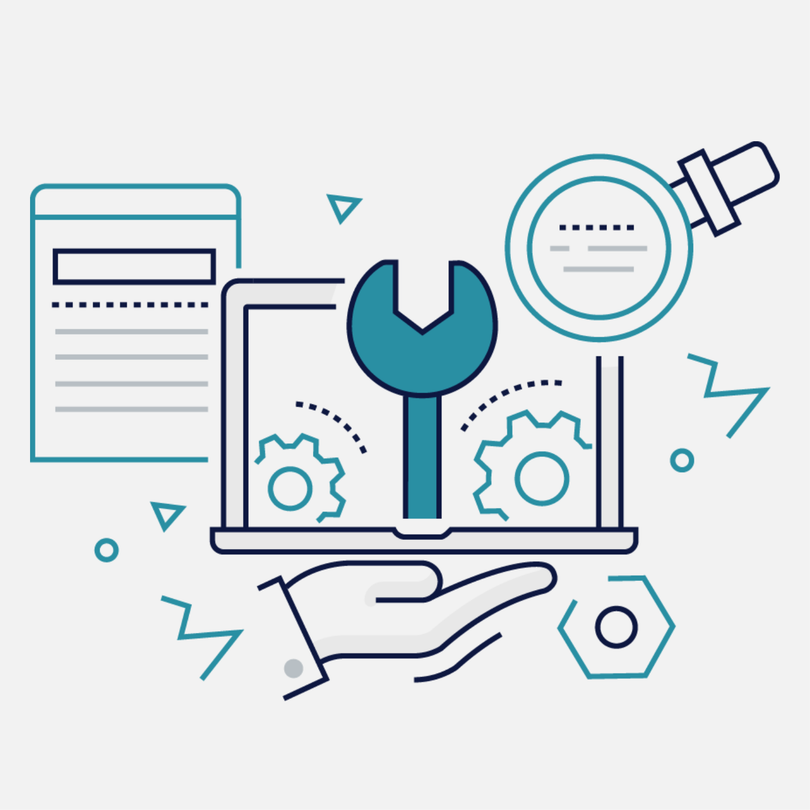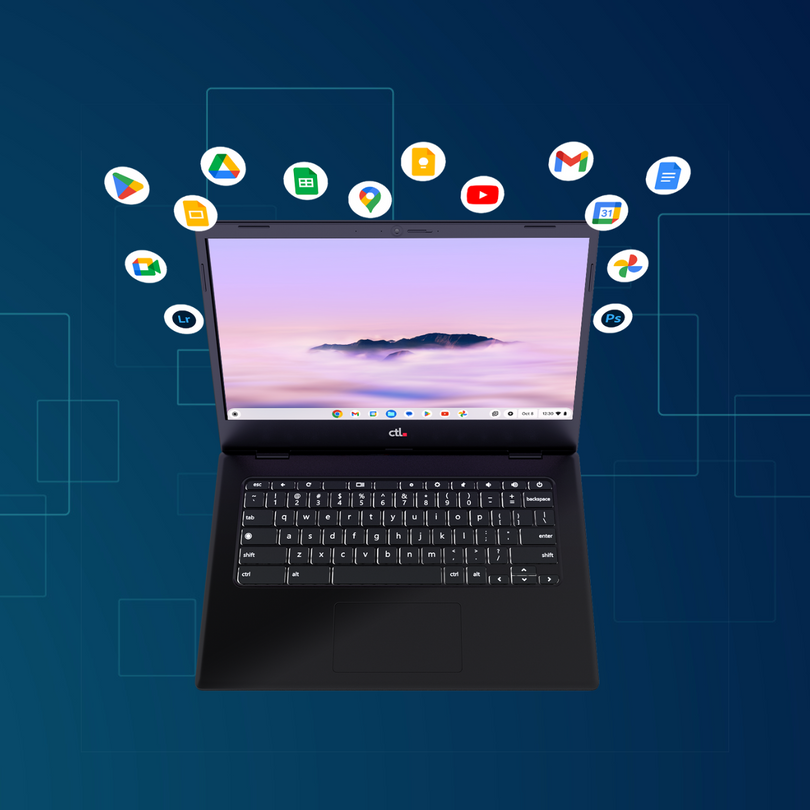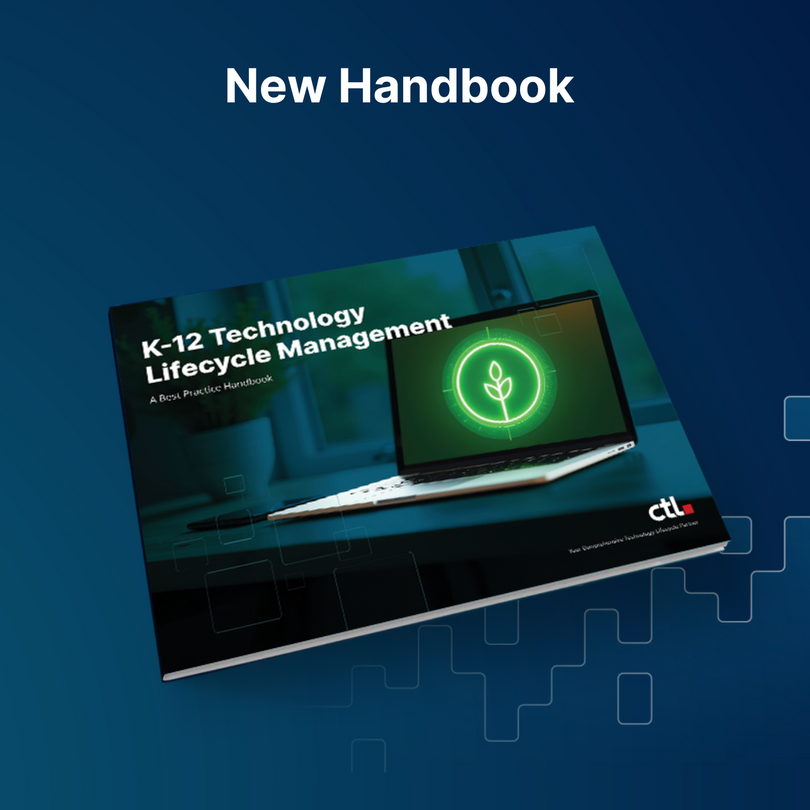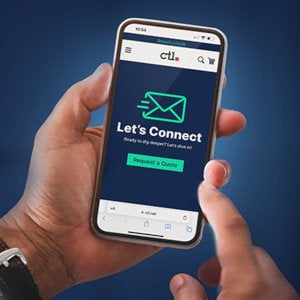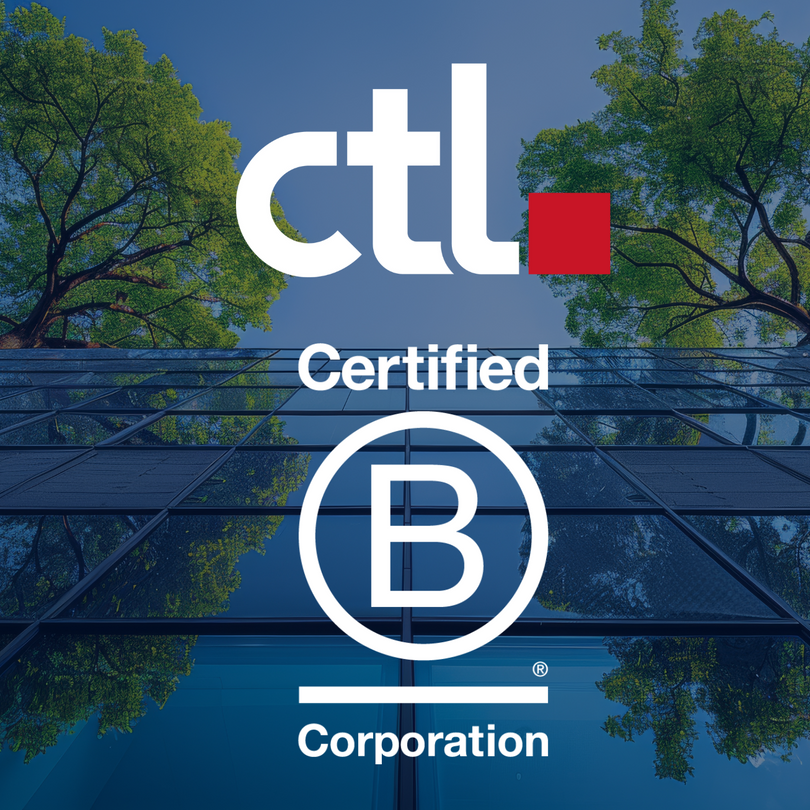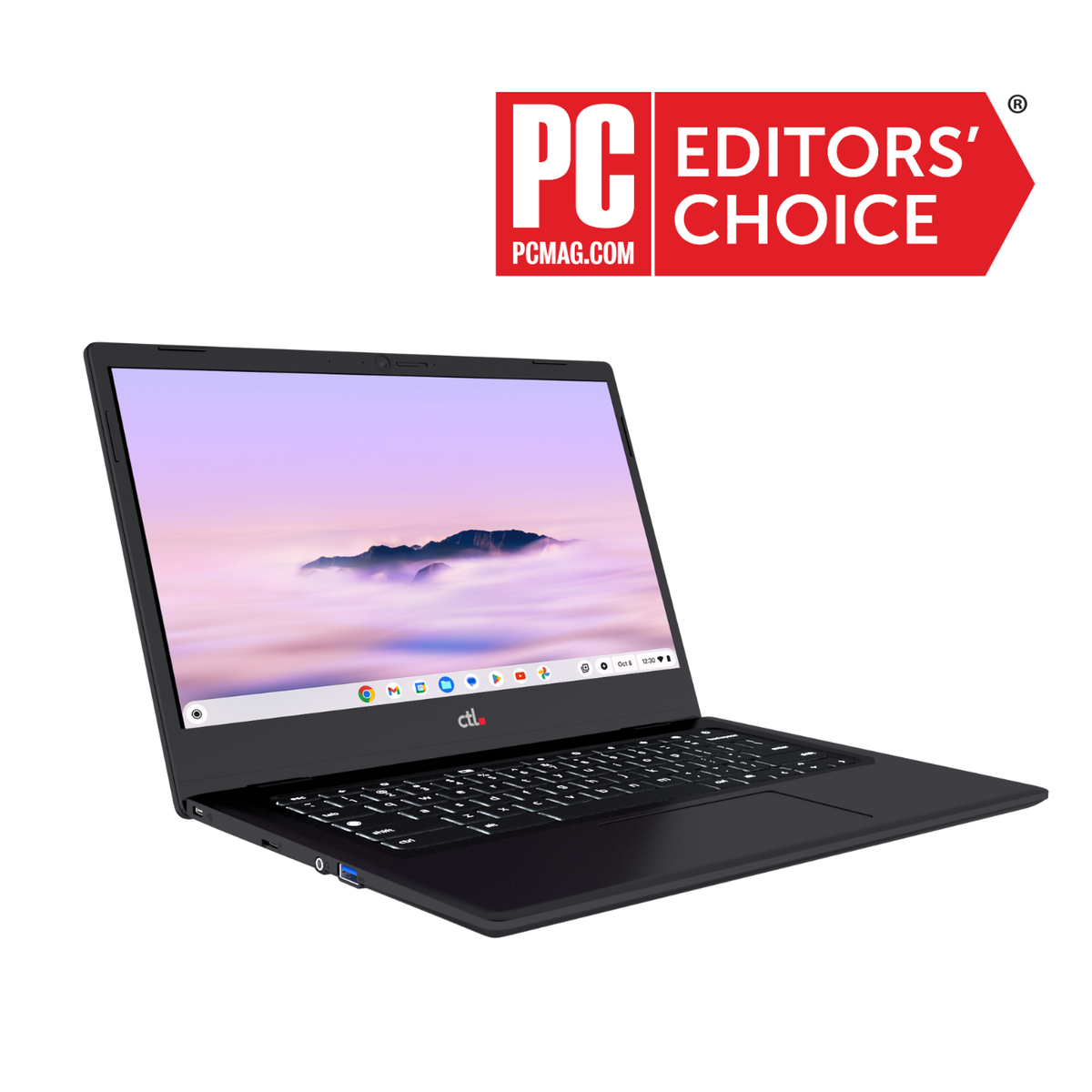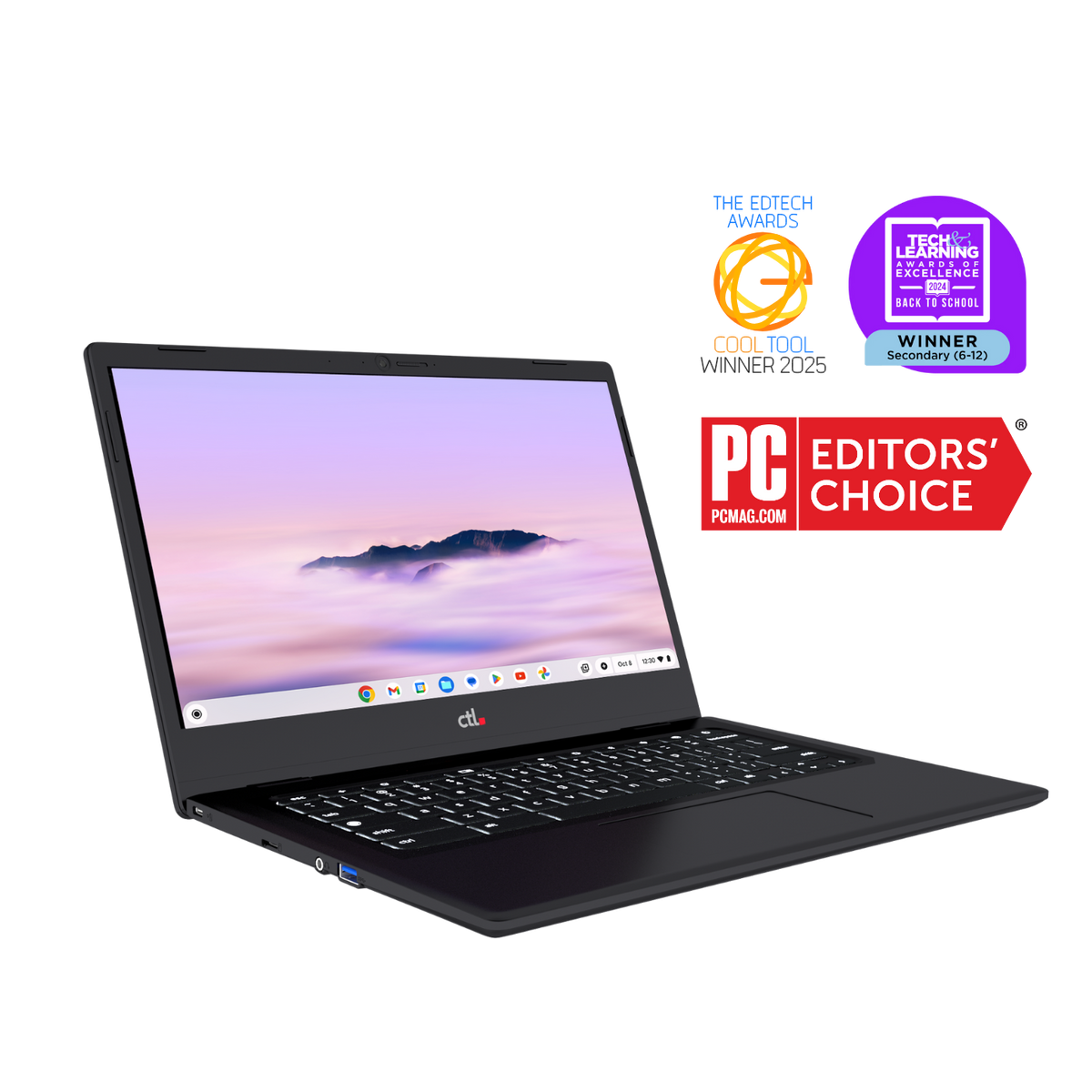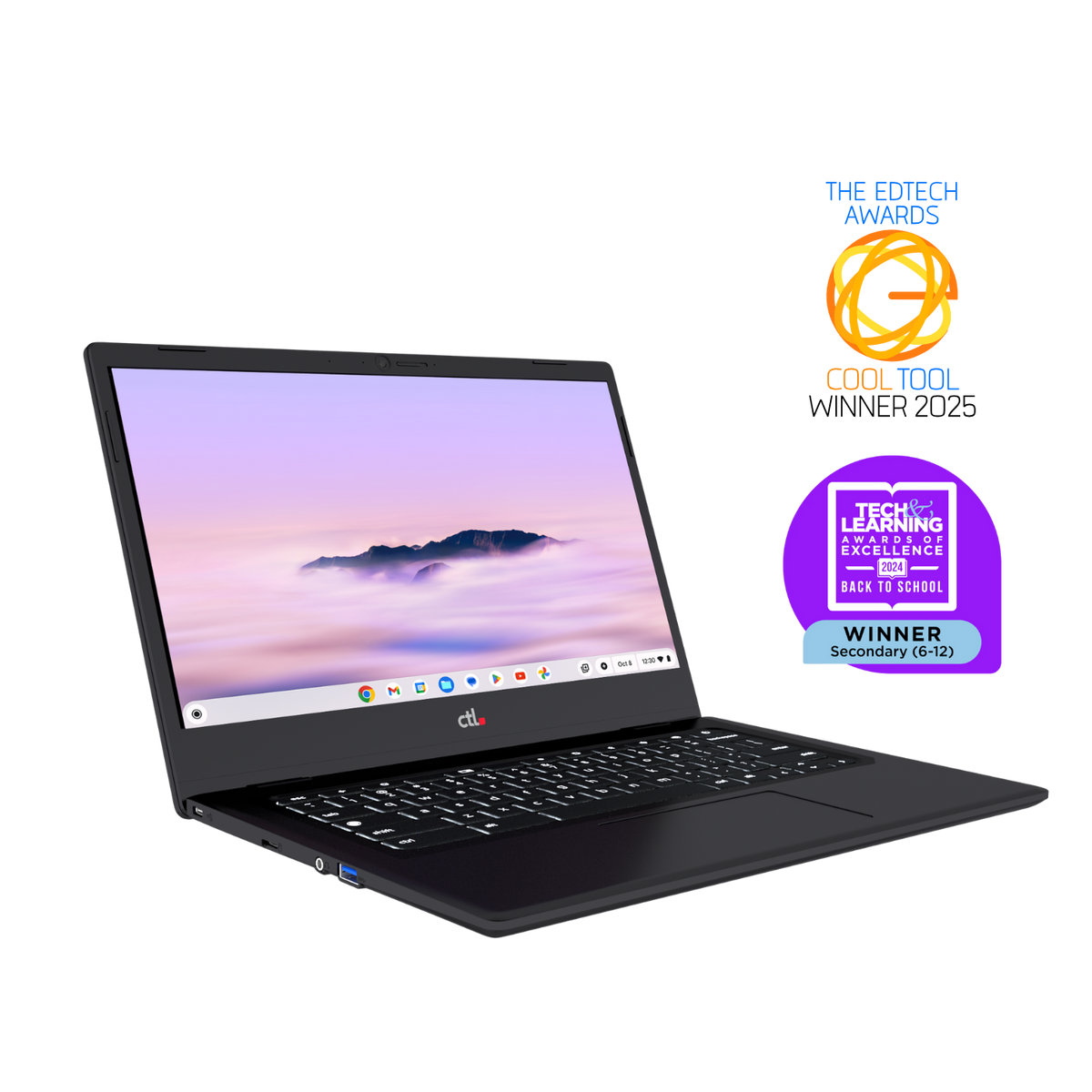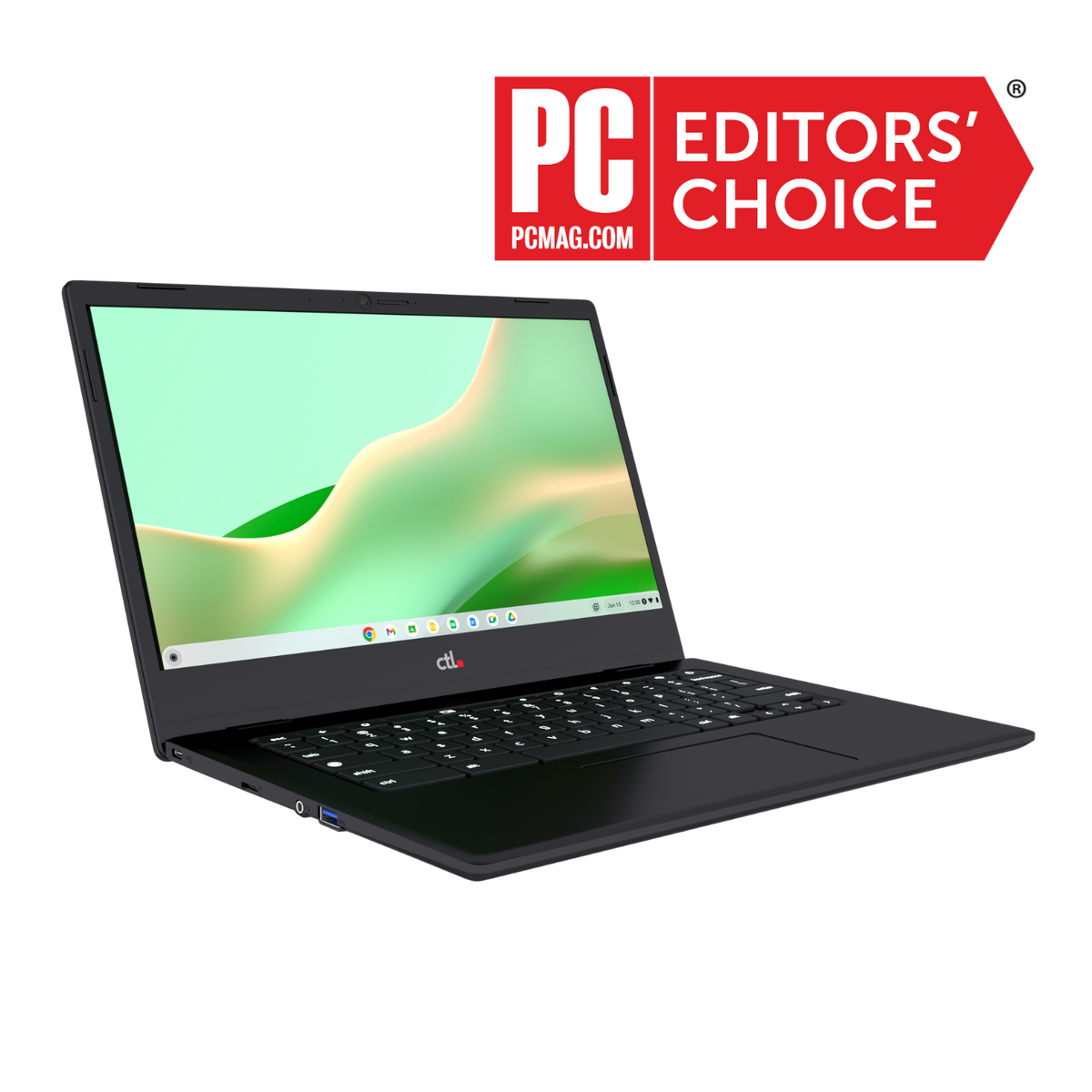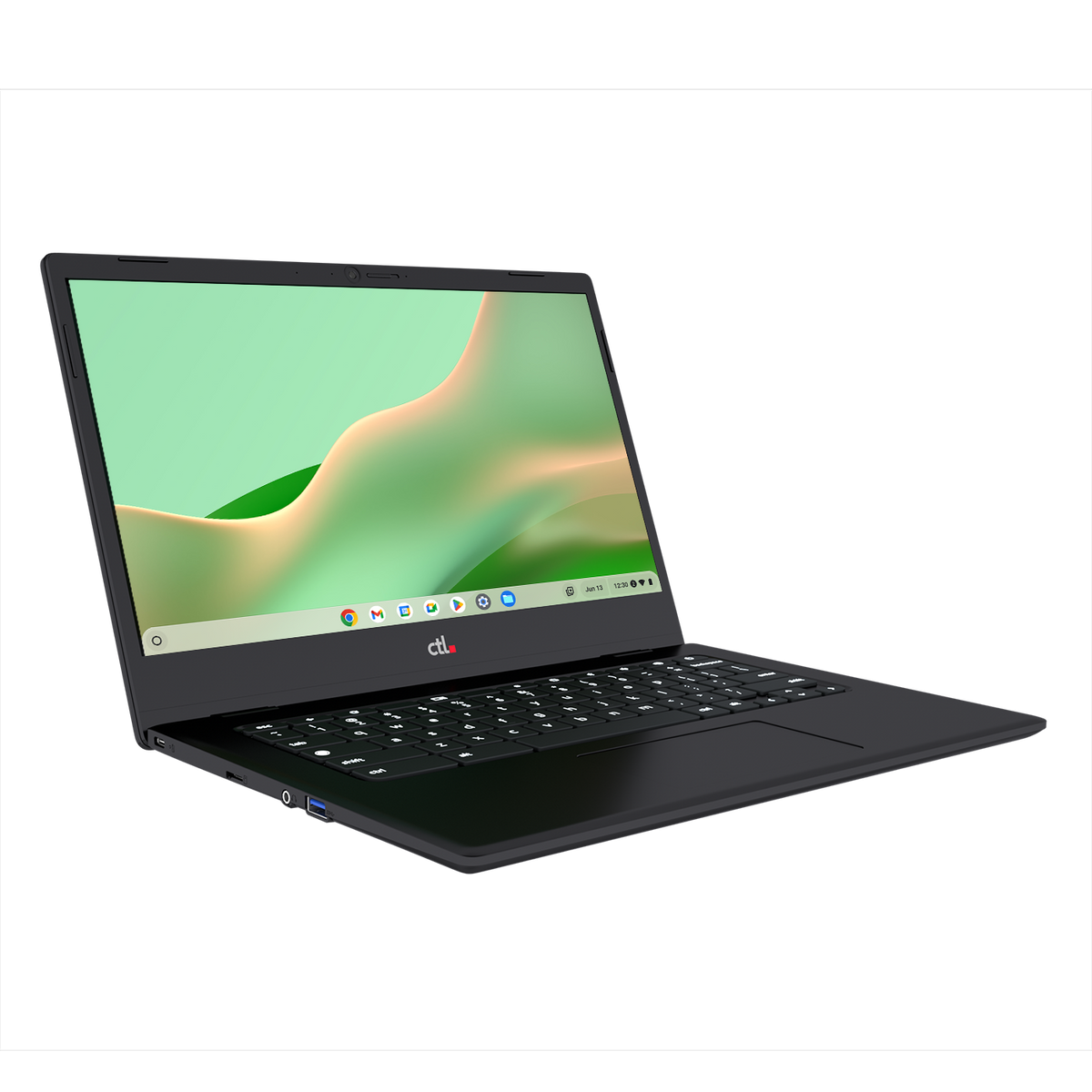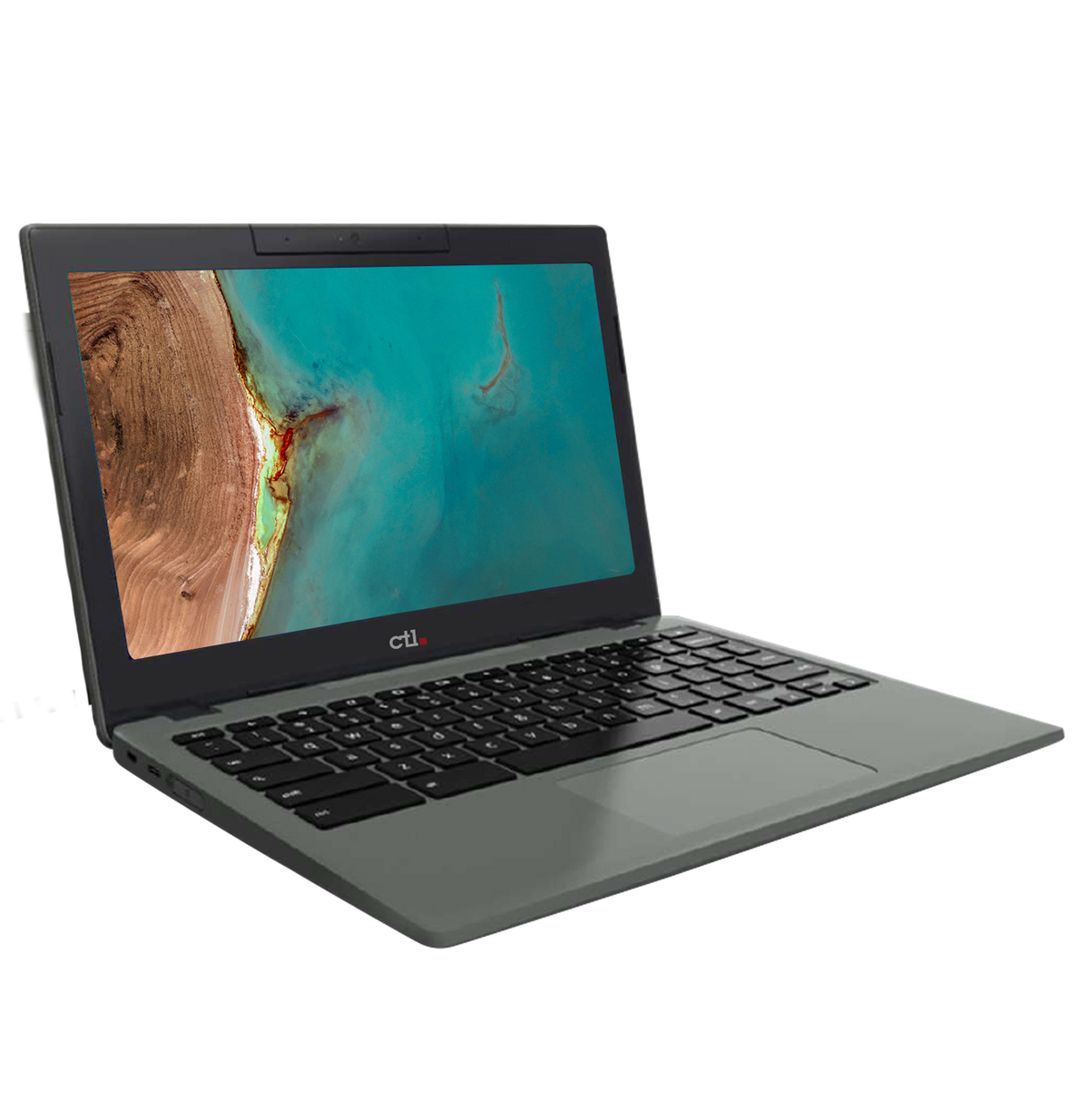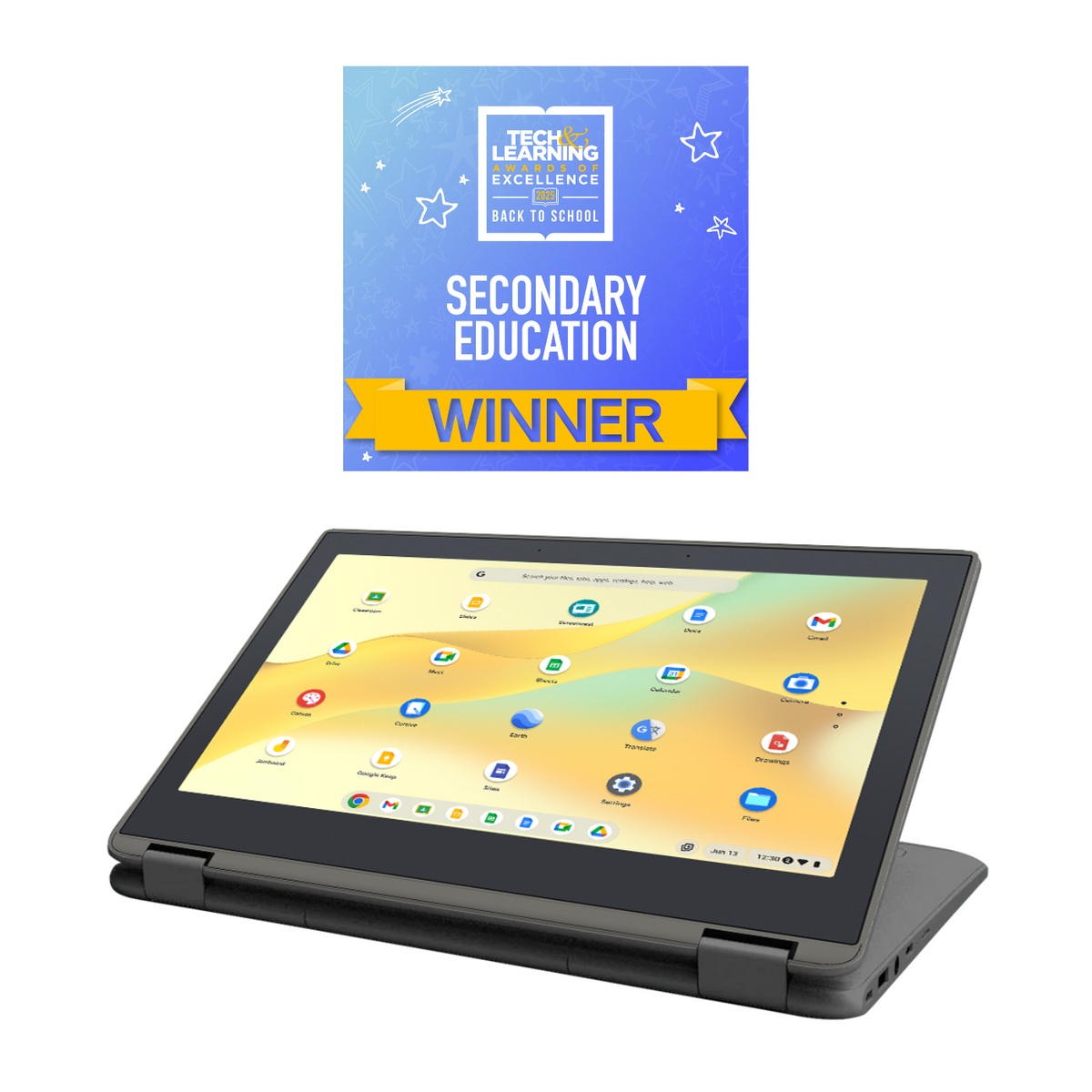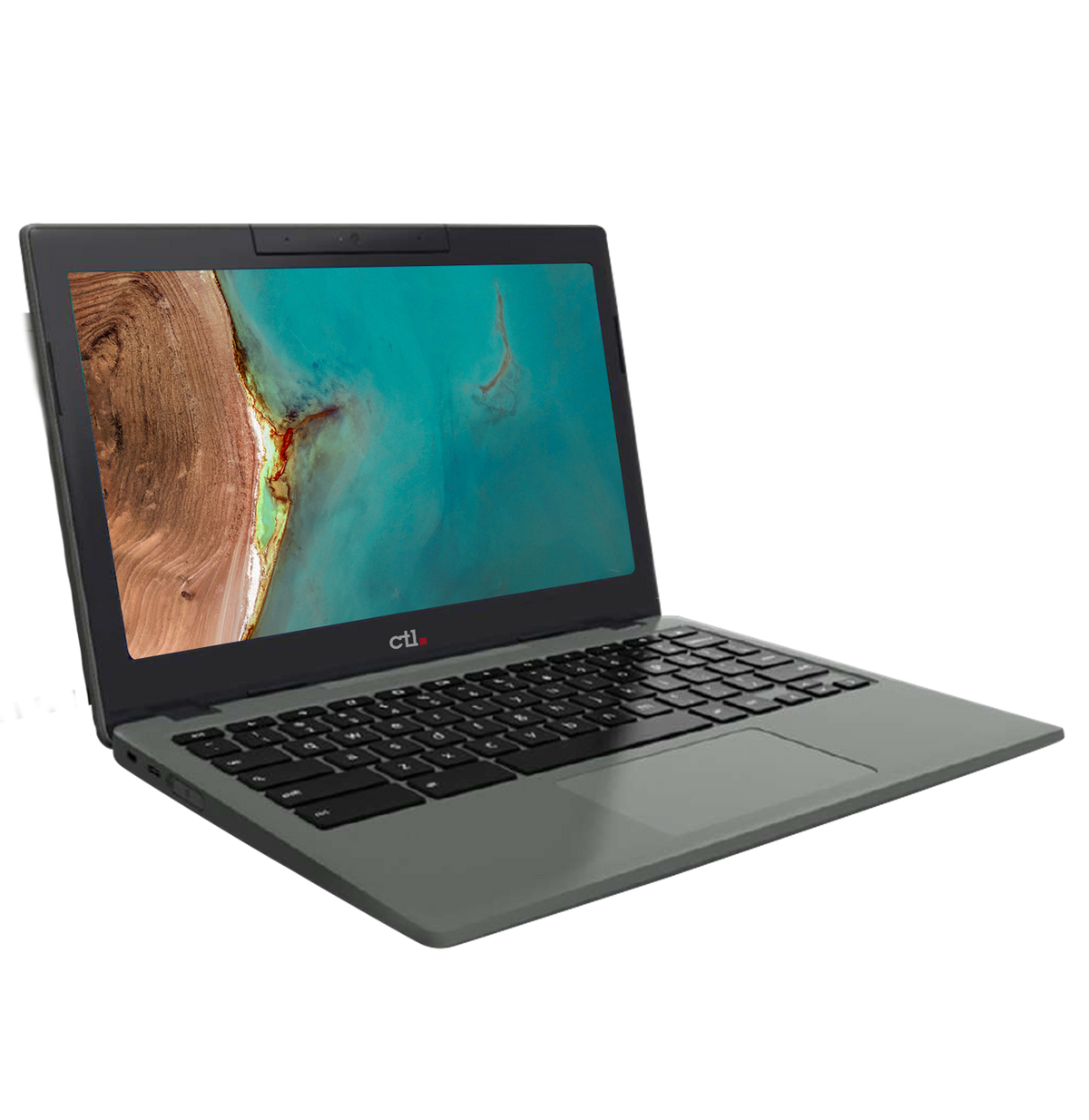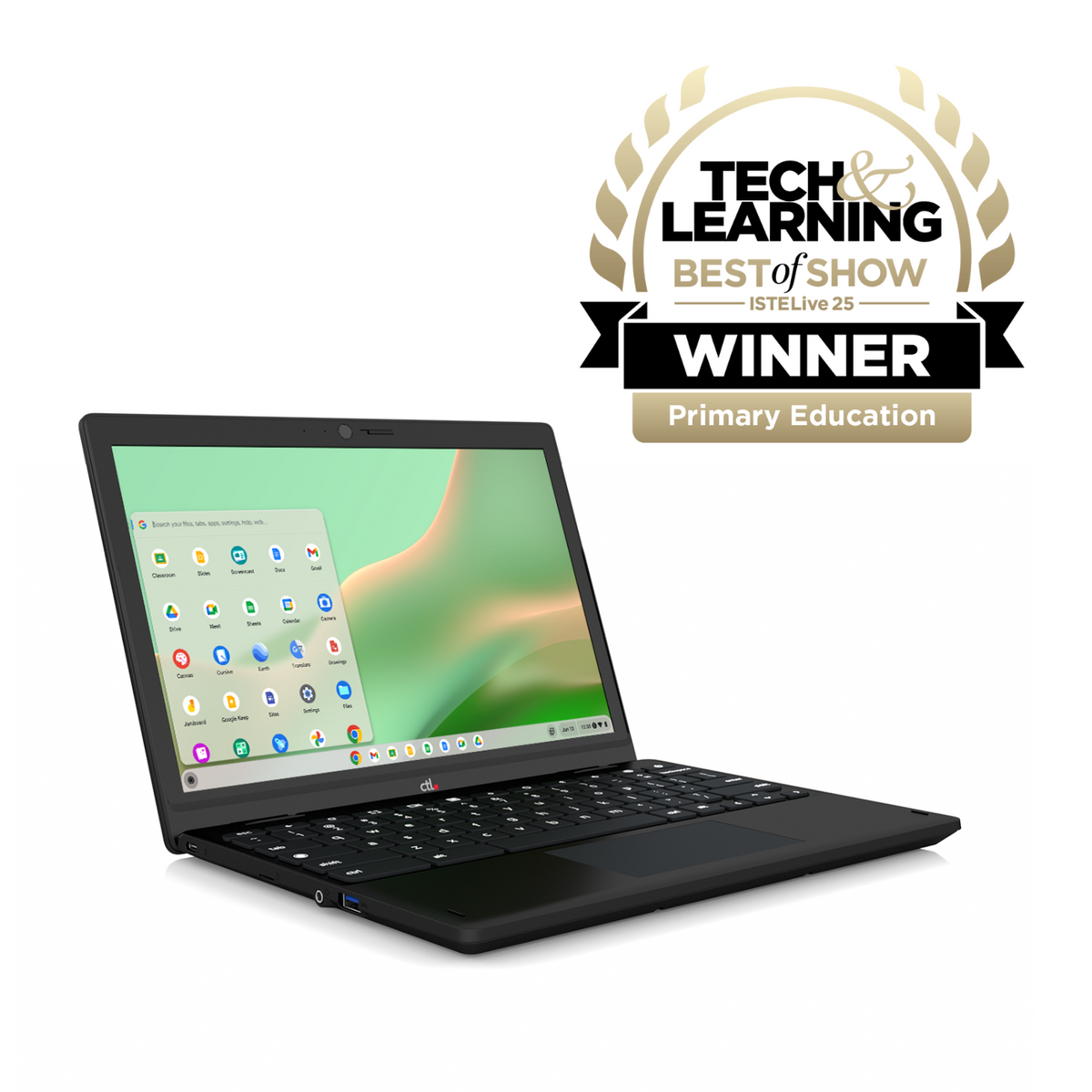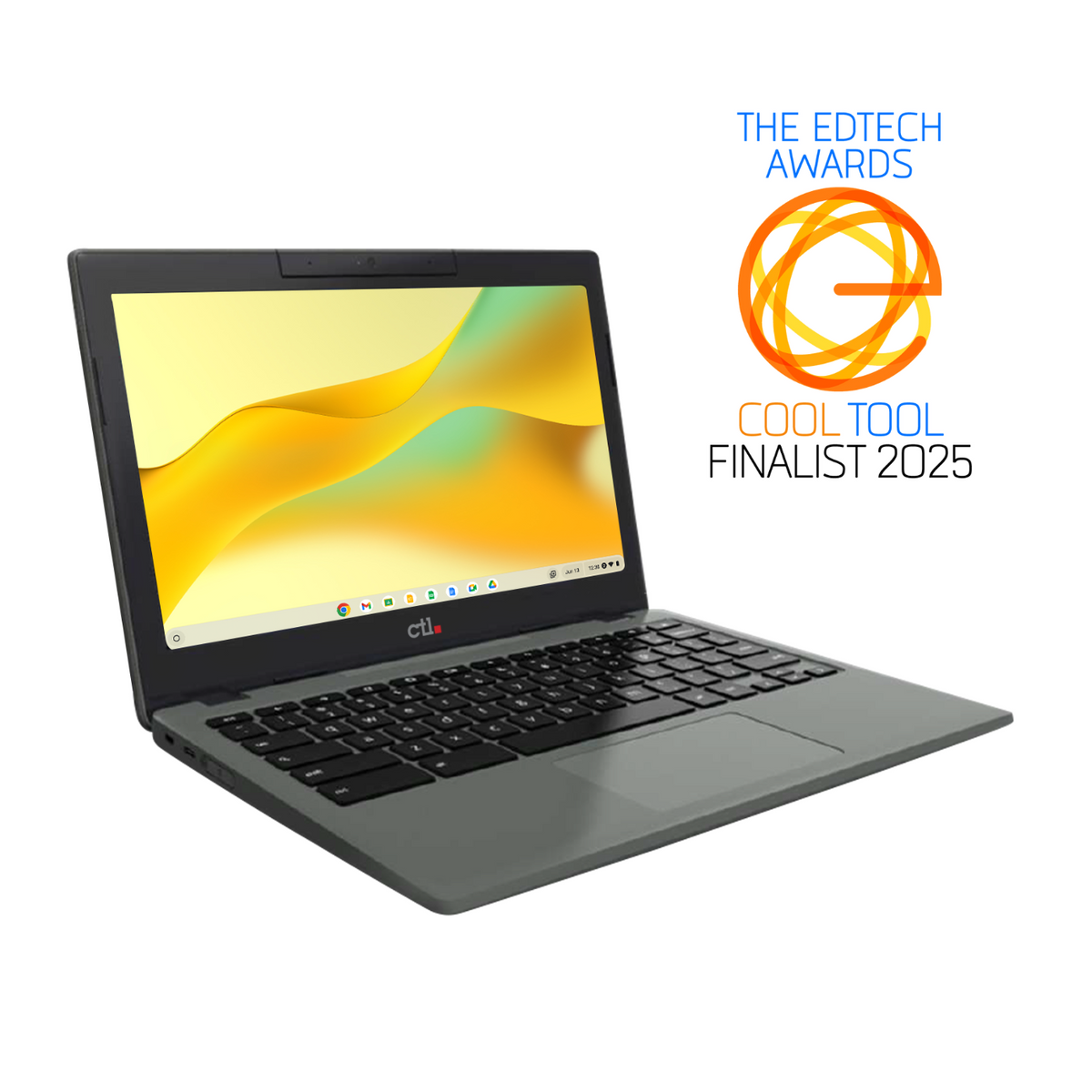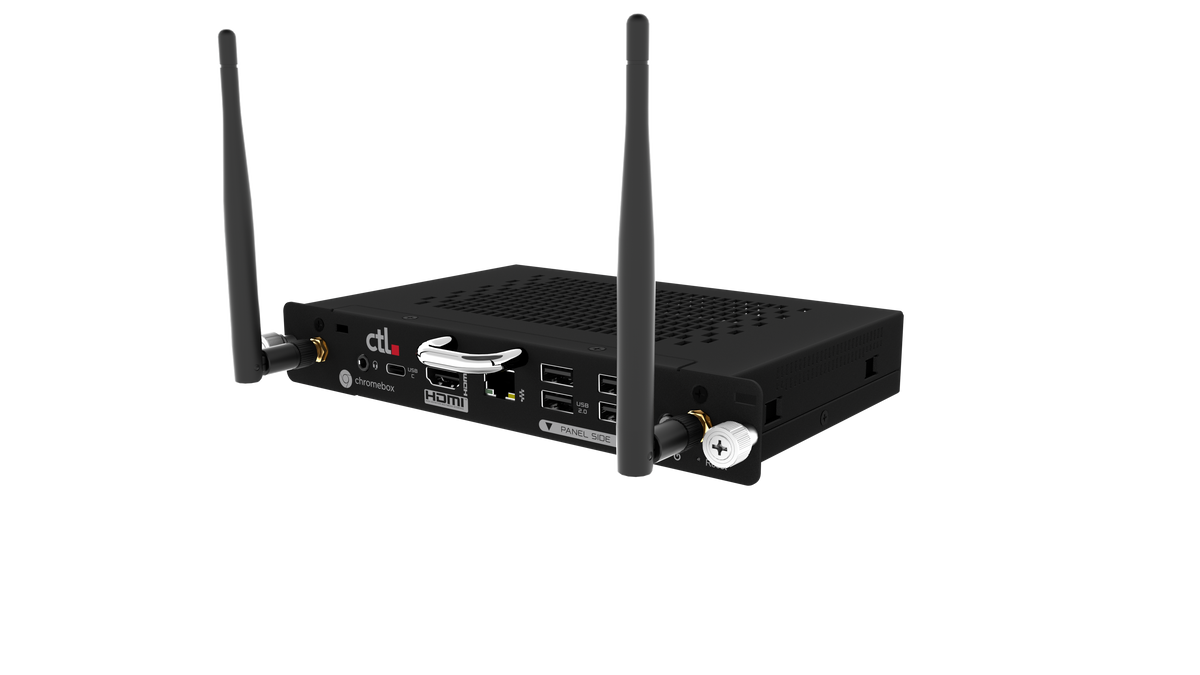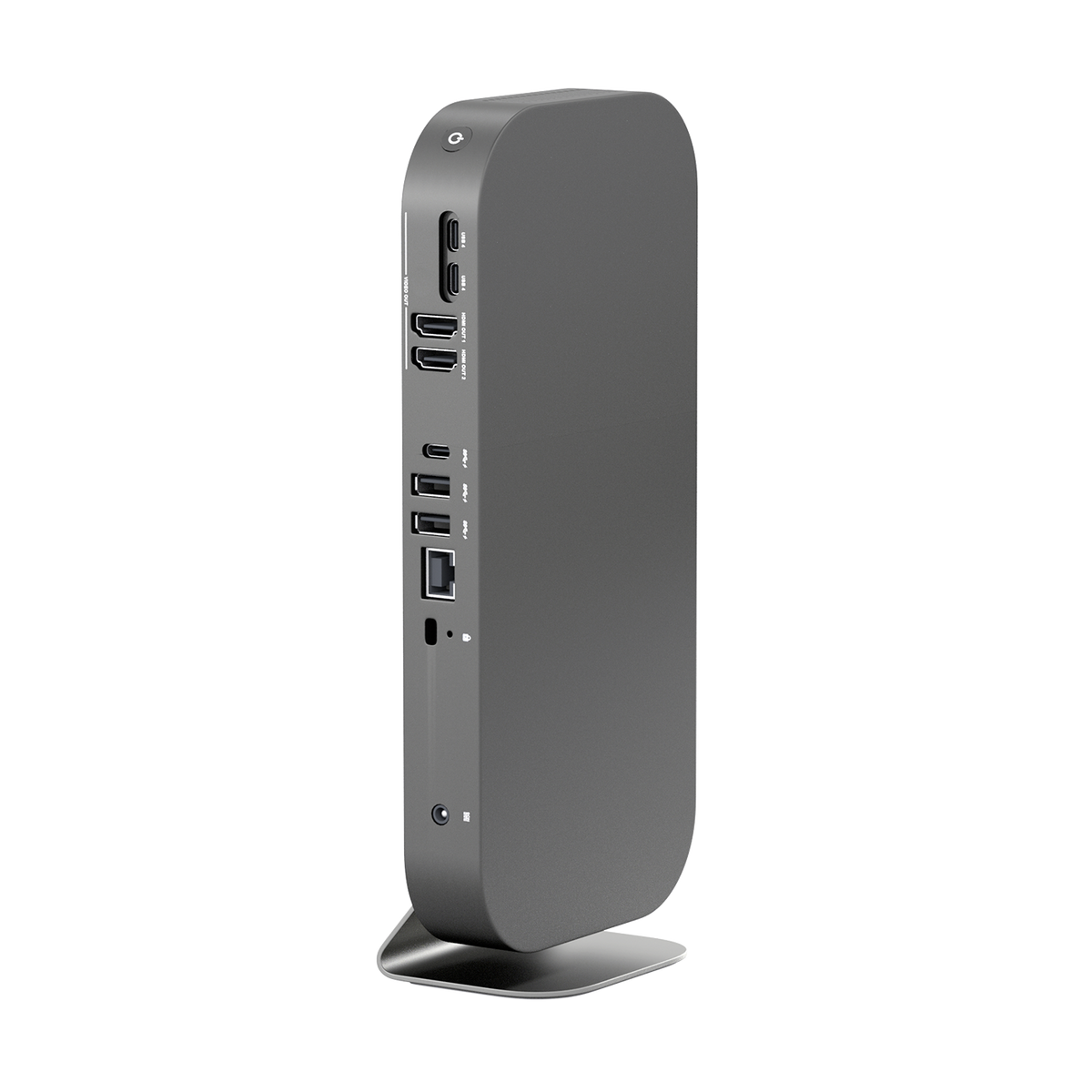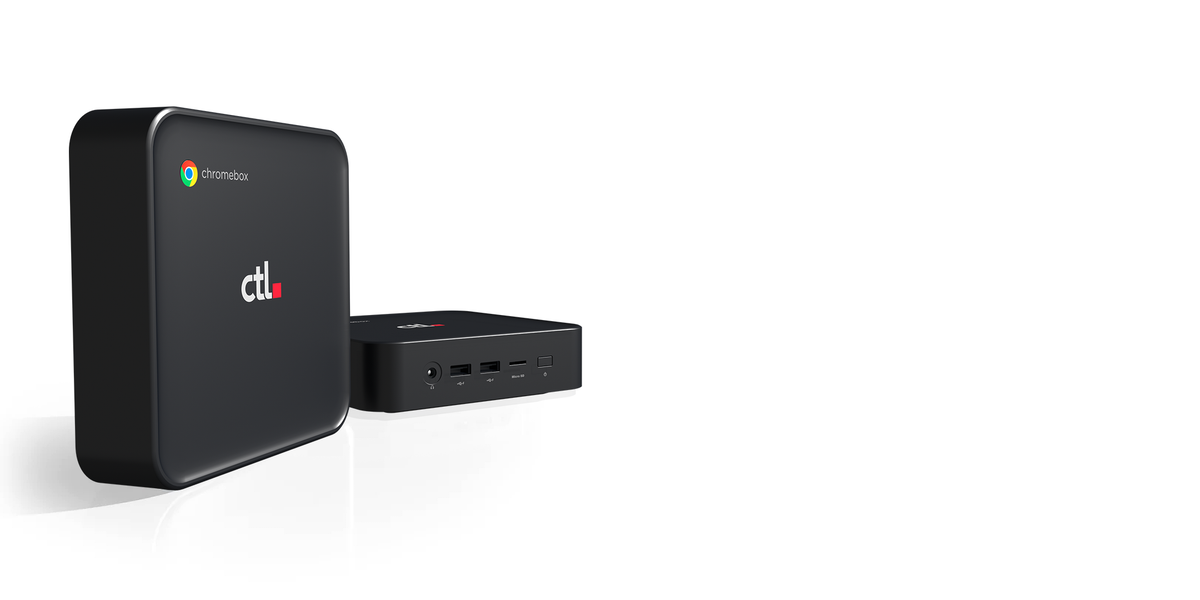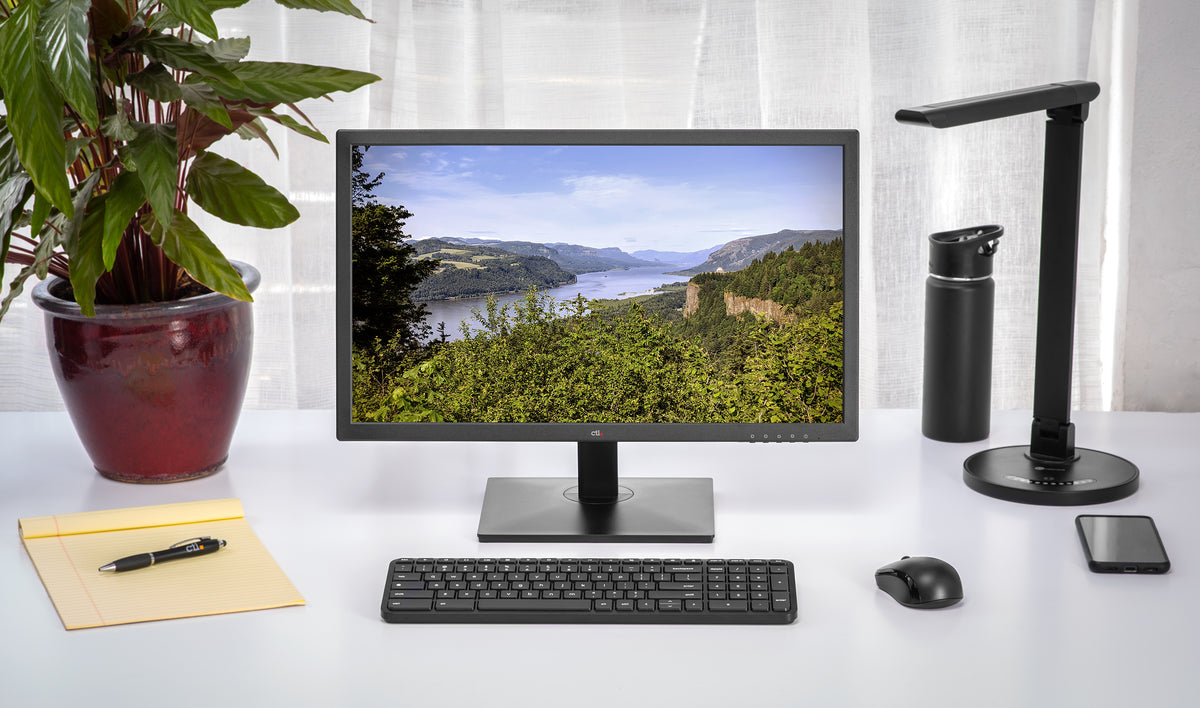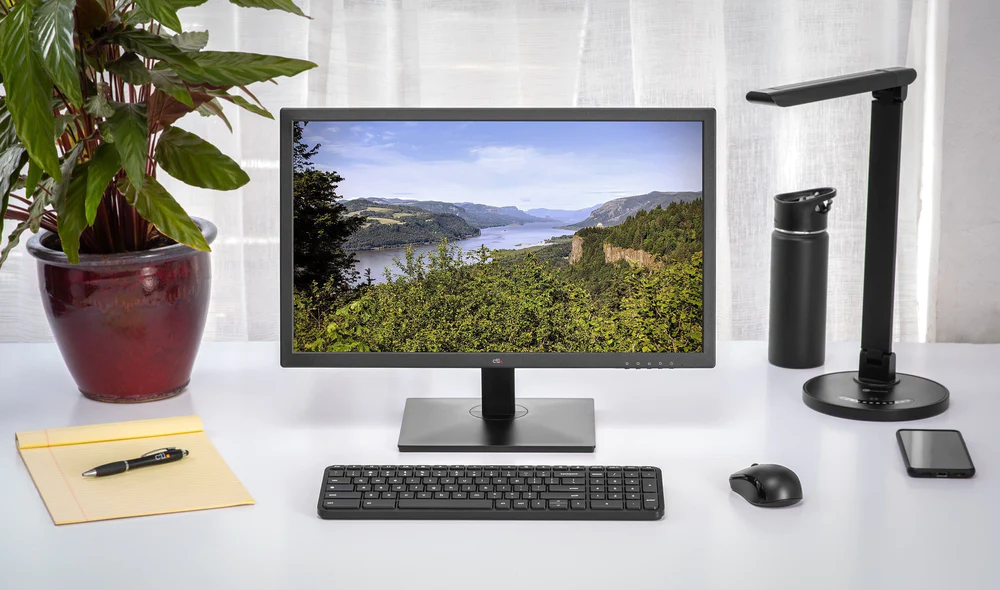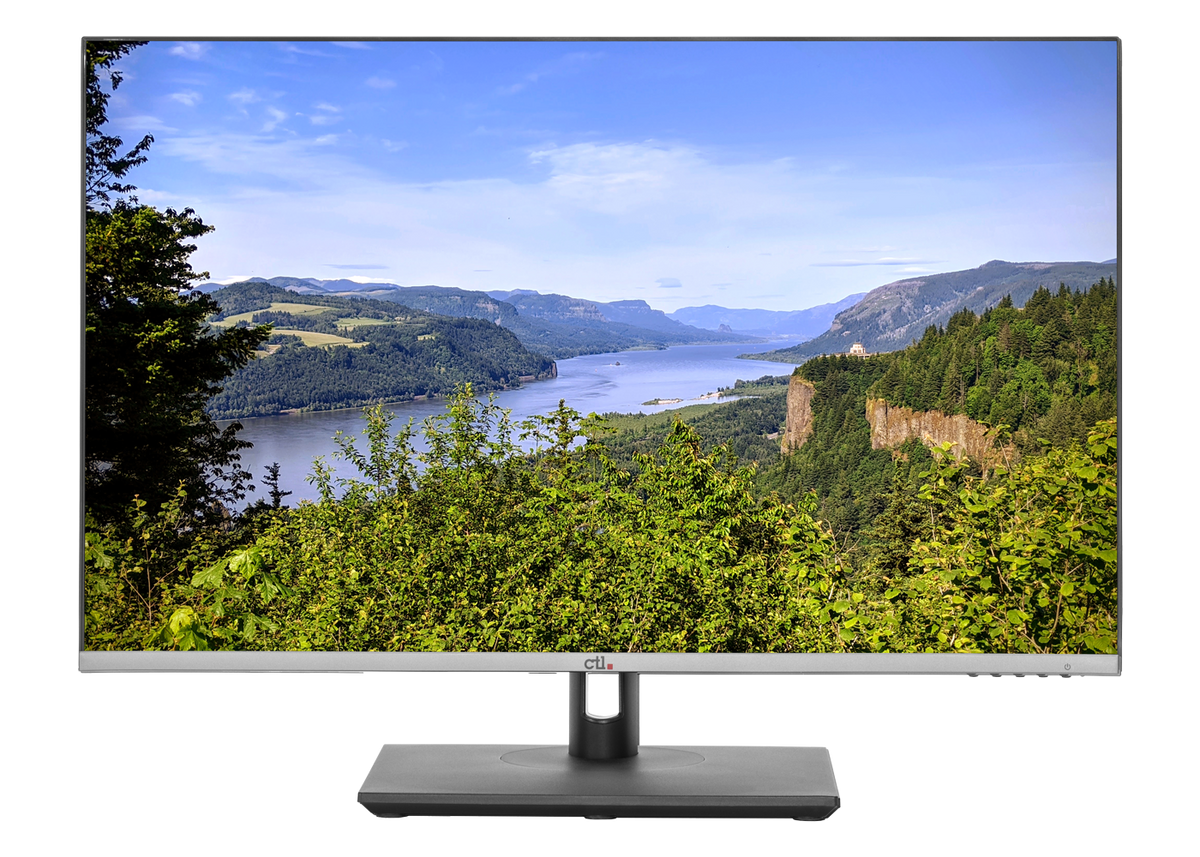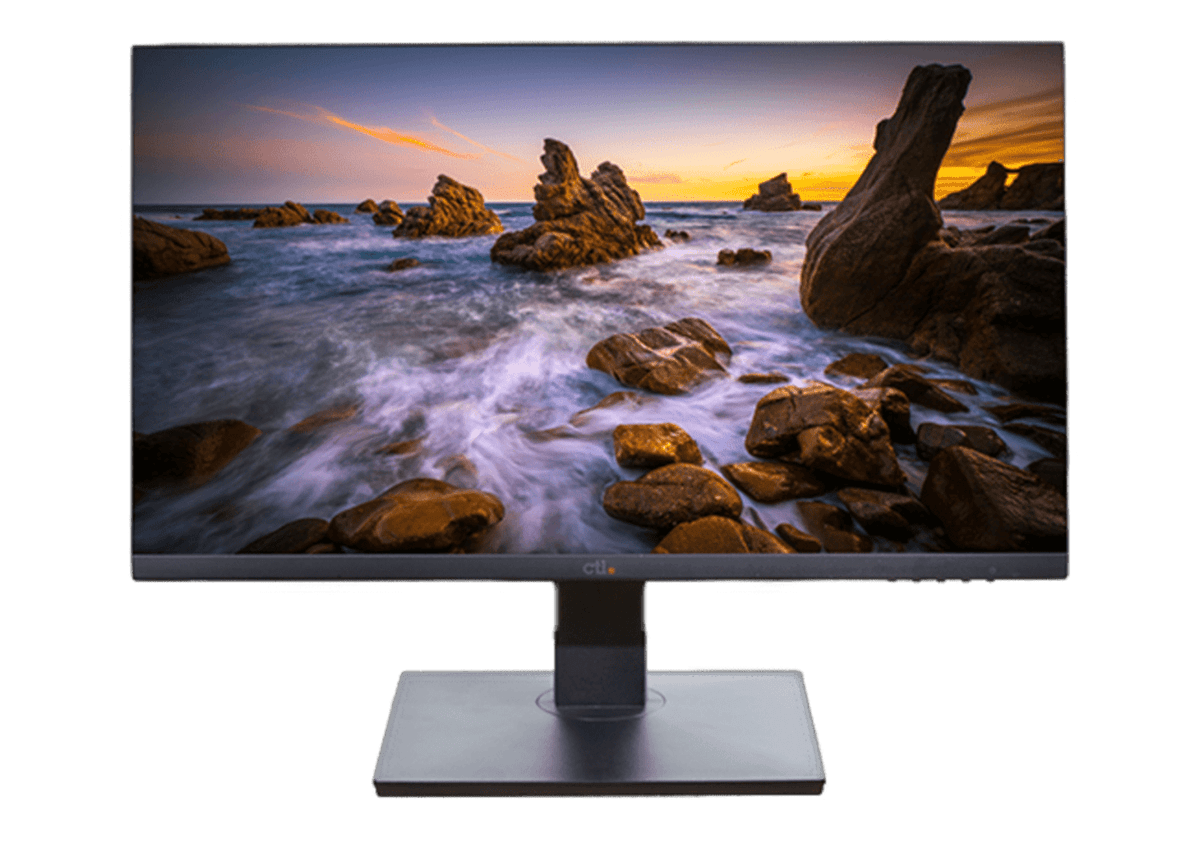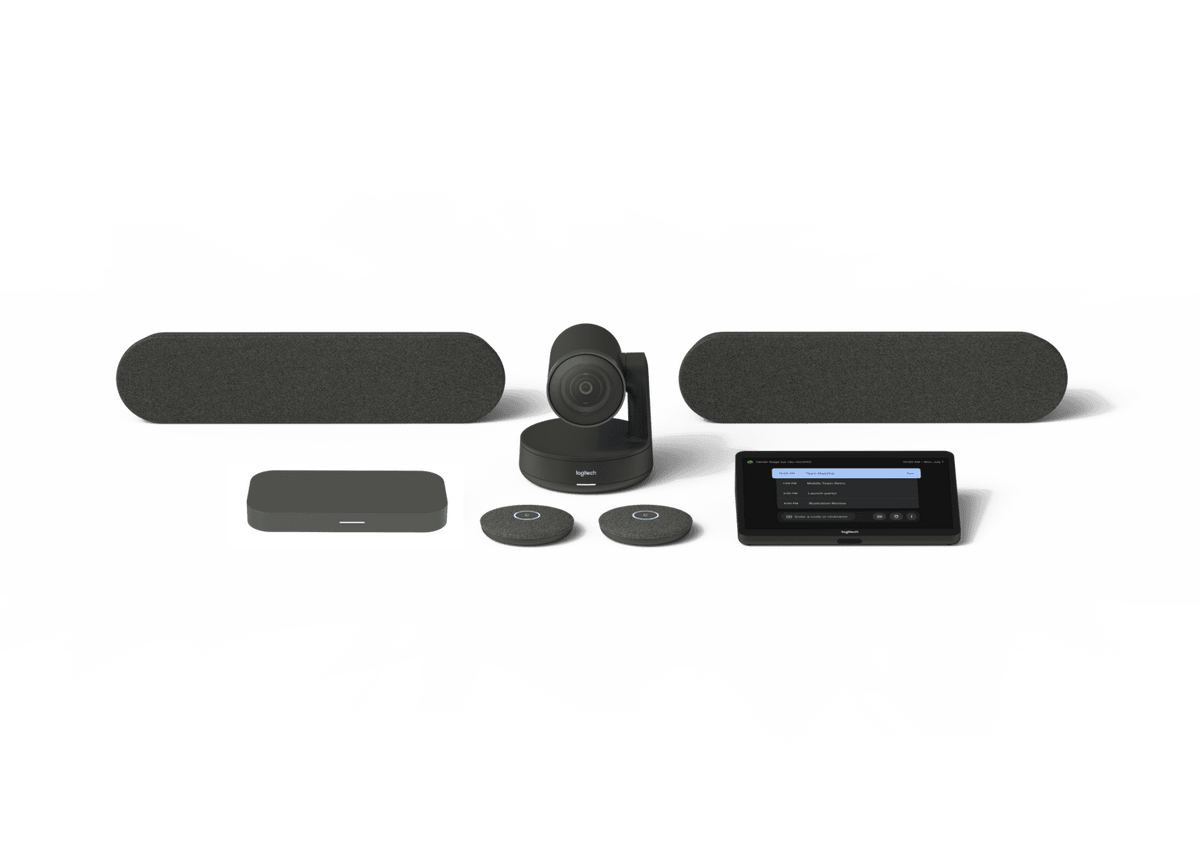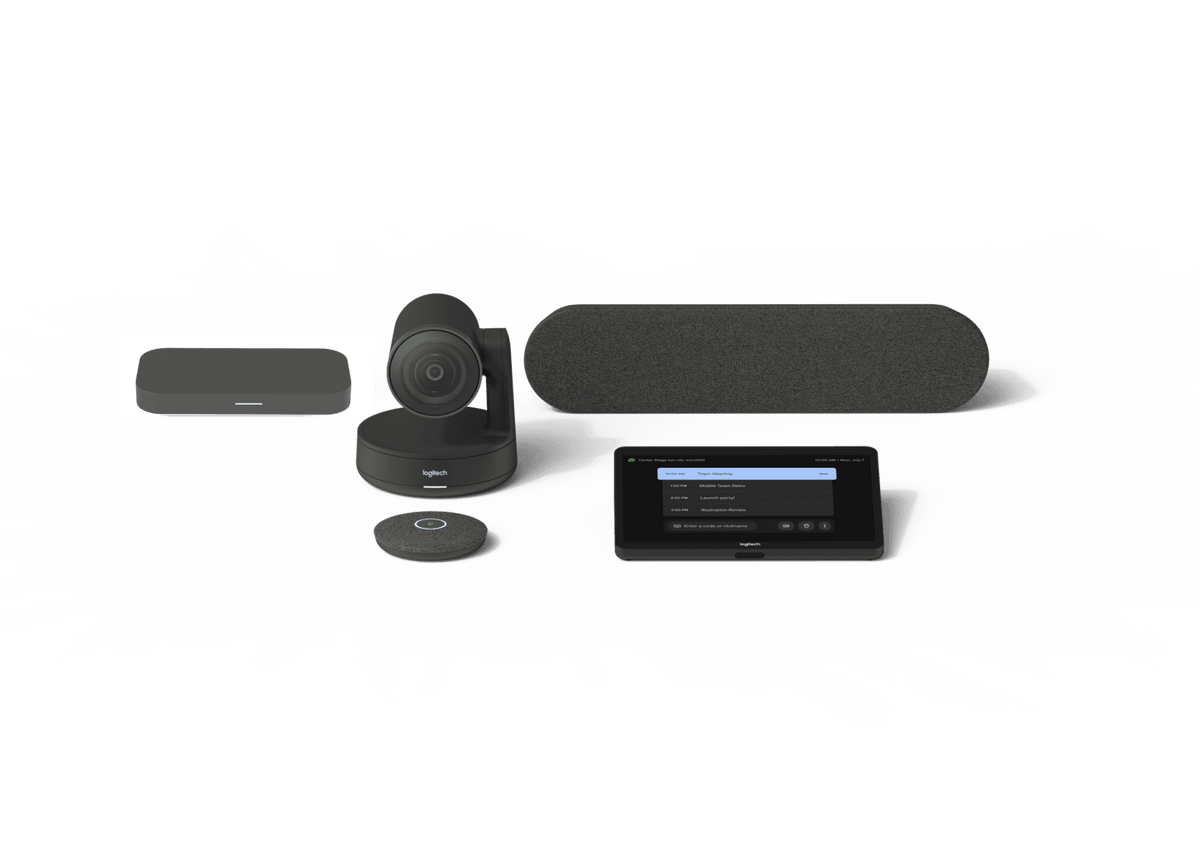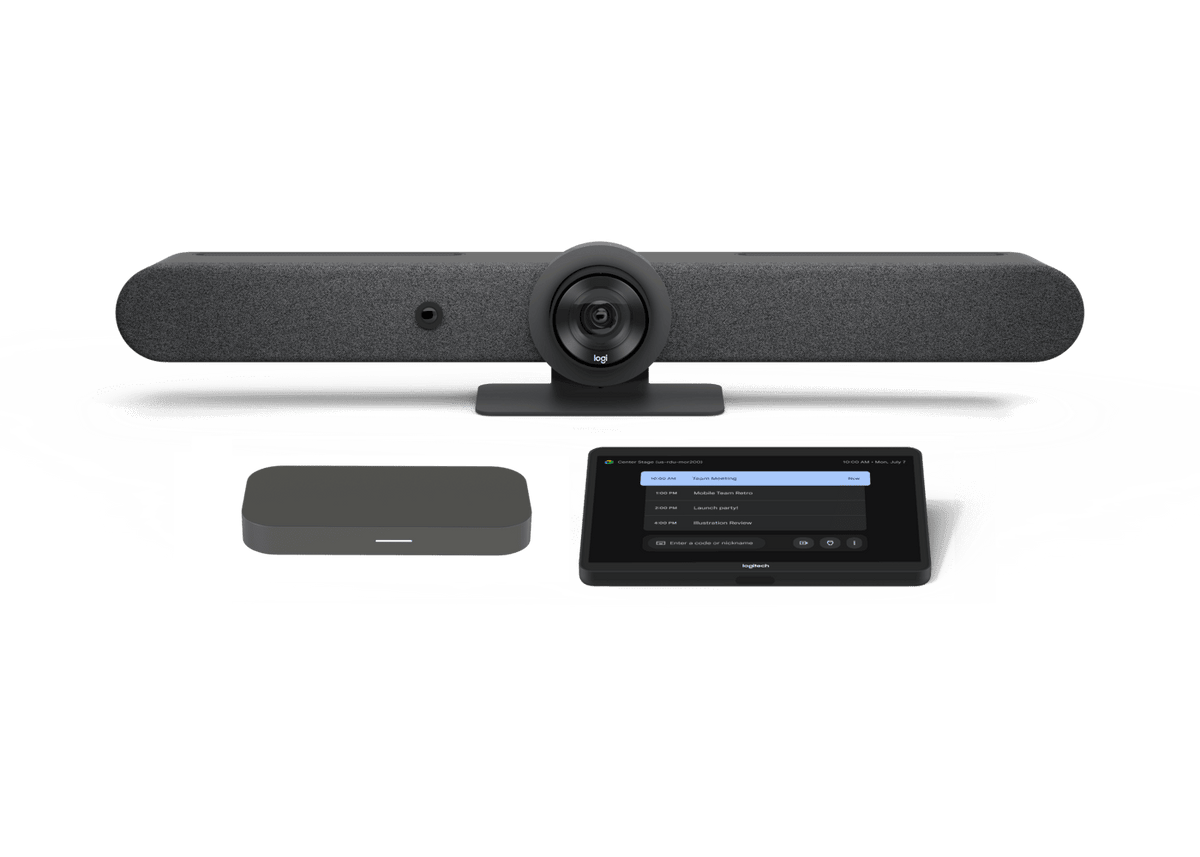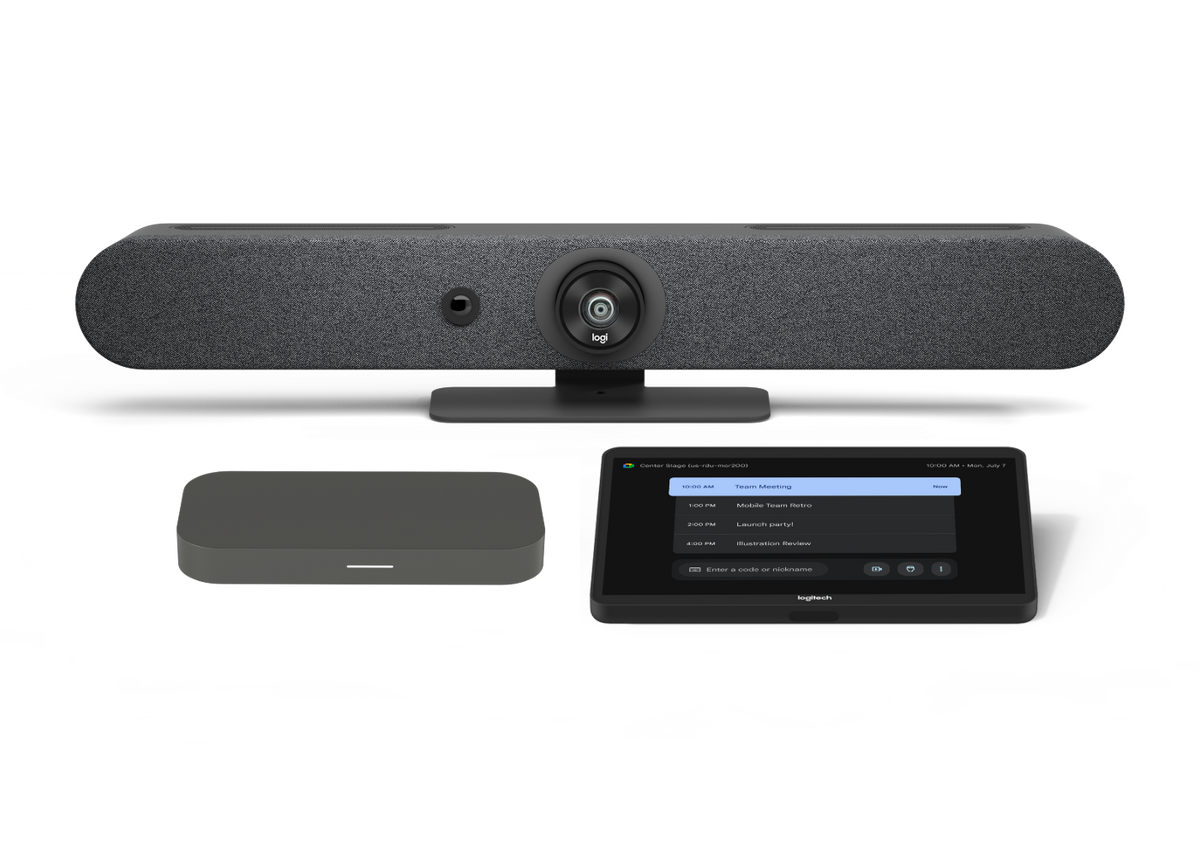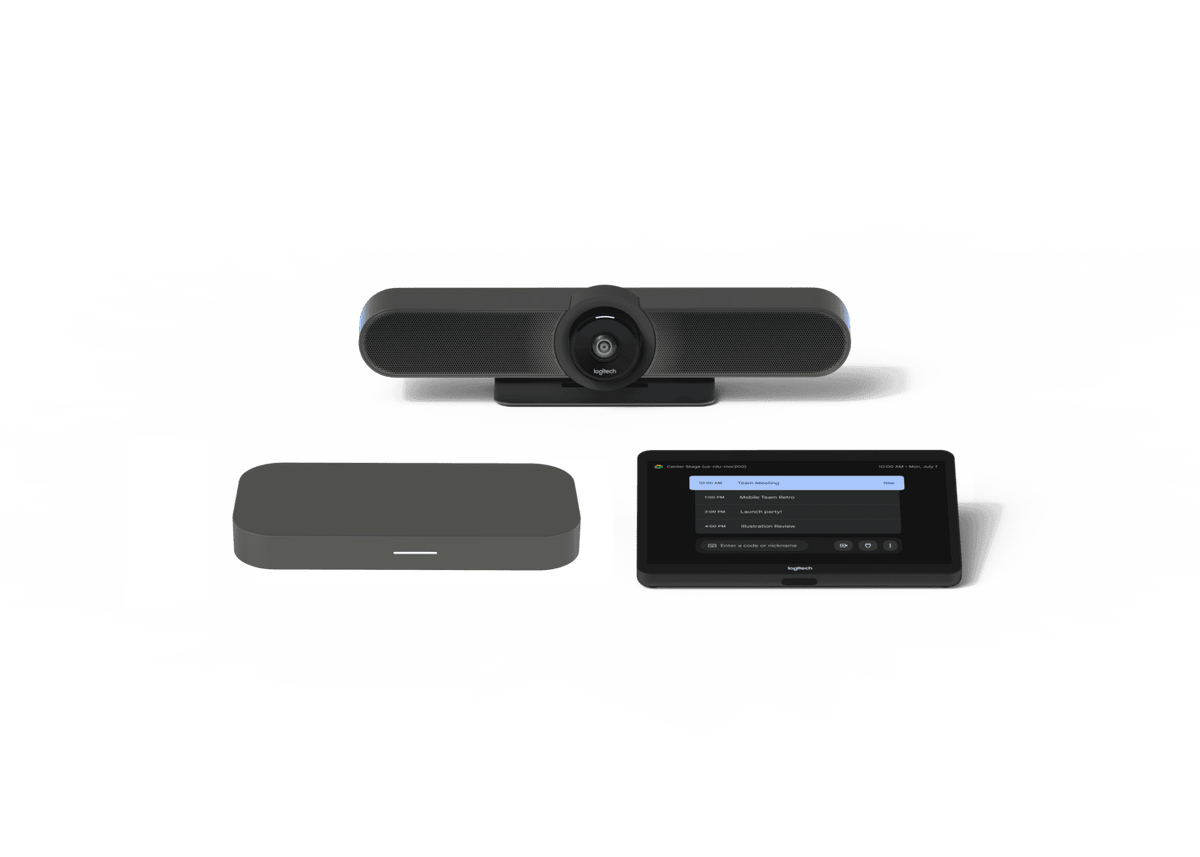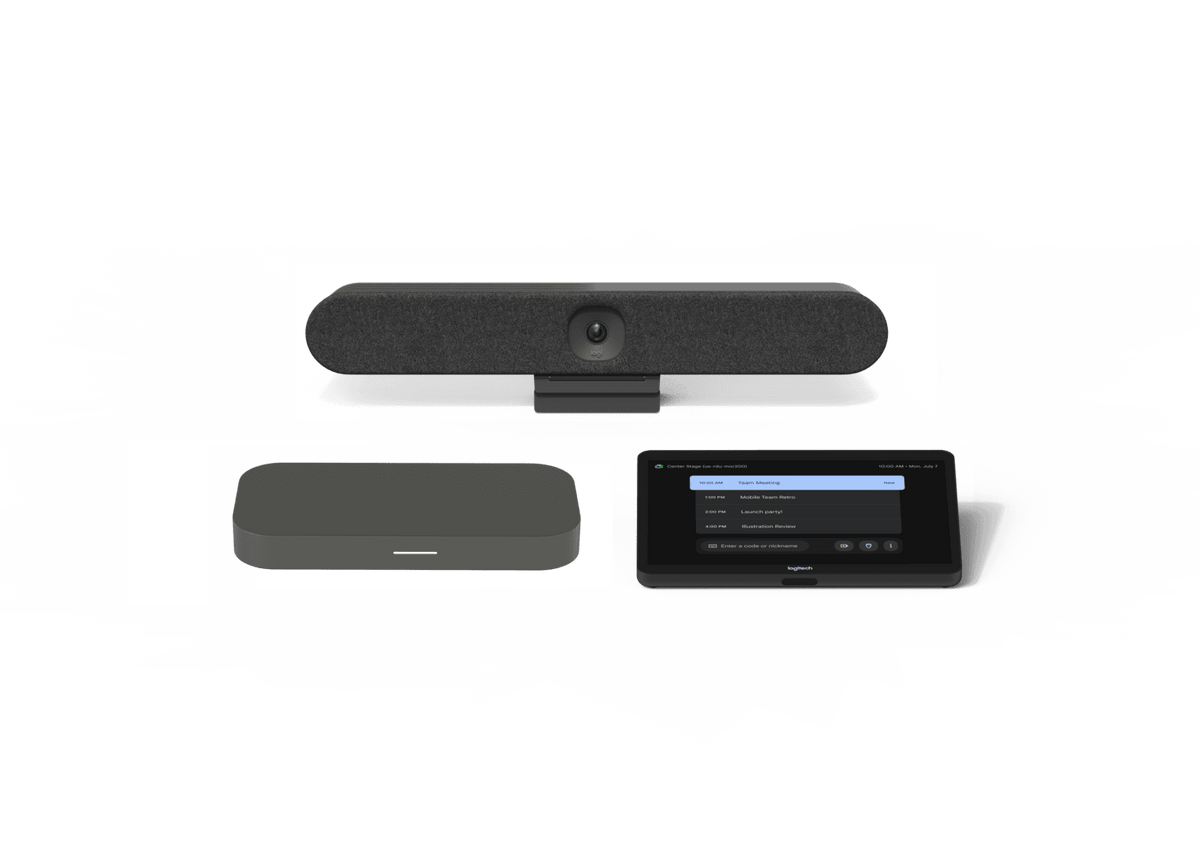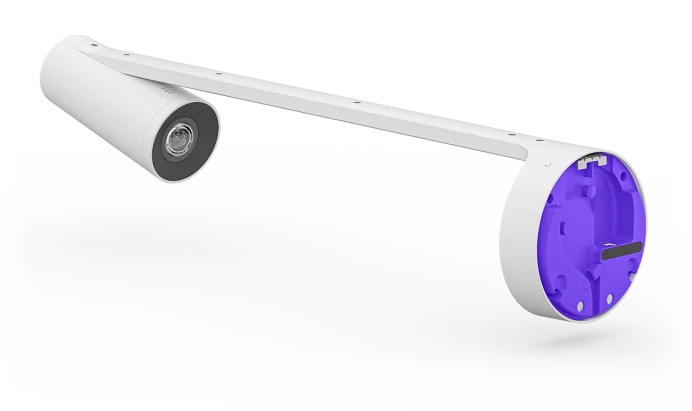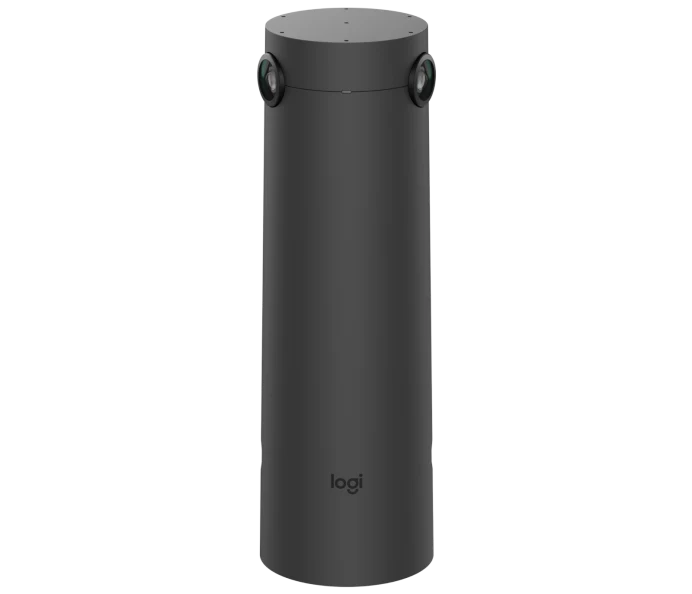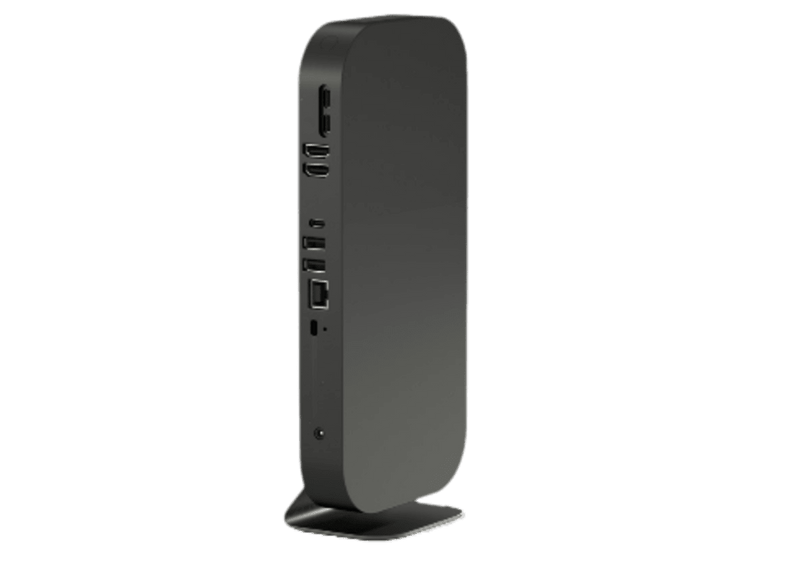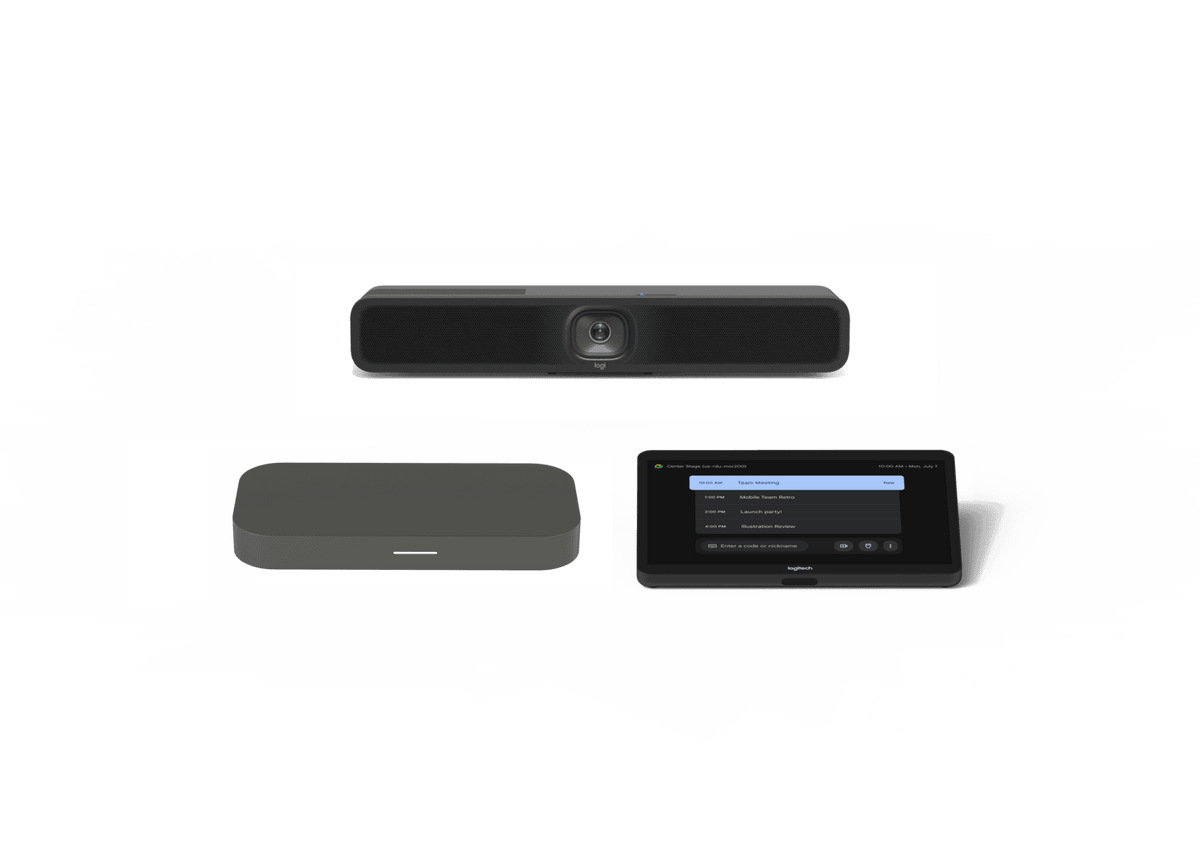For K-12 students, a school-issued device is an essential tool for learning. While 4GB of RAM was once the standard, the increasing demands of modern education are making 8GB a necessity for a smooth and productive learning experience. The primary drivers for this shift are the rise of multitasking with web-based applications, the growing complexity of educational software, and the need to future-proof devices for evolving classroom technologies.
The New Reality of Student Multitasking
Today's students rarely use a single application at a time. A typical learning scenario involves a student having multiple browser tabs open for research, a web-based word processor for taking notes, a learning management system to check assignments, and potentially a video conferencing tool for remote instruction. Each of these applications consumes a portion of the computer's RAM. With only 4GB, the system can quickly become sluggish, leading to frustrating delays and interruptions that disrupt the learning process. An upgrade to 8GB of RAM provides the necessary headroom for students to seamlessly switch between these tasks without a significant drop in performance. A fast and capable 8GB Chromebook ensures students spend their time learning, not waiting.
The Rise of Sophisticated Educational Software
Modern educational tools are also becoming more sophisticated and resource-intensive. Interactive simulations, online collaborative whiteboards, and video editing projects all require more memory to run effectively. As schools increasingly adopt these engaging and effective teaching methods, devices with 8GB of RAM will be better equipped to handle the workload. This is particularly relevant for Chromebooks, which are prevalent in K-12 education.
Future-Proofing Your EdTech Investment
Looking ahead, the trend in educational technology is toward even more immersive and data-rich experiences. The integration of artificial intelligence for personalized learning and the potential use of augmented and virtual reality in the classroom will place even greater demands on device memory. By investing in devices with 8GB of RAM, schools can ensure that their technology remains viable and effective for a longer period, providing a better return on investment and a more consistent learning experience for students. This foresight prevents the need for premature and costly hardware upgrades as educational software continues to advance. In essence, while a device with 4GB of RAM might be functional for basic tasks today, 8GB is the new standard for ensuring students have a capable and frustration-free tool to fully engage with the dynamic digital learning landscape of today and tomorrow. An 8GB Chromebook is the smart choice for a future-ready classroom.
How to Evaluate Your Next 8GB Chromebook
The device itself is only one part of a successful technology program. When evaluating your next fleet of 8GB Chromebooks, look beyond just the hardware and consider if your provider functions as a comprehensive lifecycle technology provider. This holistic approach ensures you have a partner who supports your entire EdTech journey, from beginning to end.
1. Strategic Planning & Deployment
A reliable partner helps you plan for the long term. This includes selecting the right devices for your specific needs and offering streamlined deployment services. Best practices like Zero-Touch Enrollment ensure that your 8GB Chromebooks arrive pre-configured and ready to use, saving your IT team countless hours of manual setup.
Device downtime directly impacts learning. A true lifecycle partner provides expert repair services with a guaranteed quick turnaround, often within 5 business days, to get devices back into students' hands quickly. They also provide access to genuine parts and ongoing service to extend the life of your technology.
A responsible technology lifecycle concludes with a strategic retirement plan. A robust IT Asset Disposition (ITAD) program is essential for this final phase. It ensures certified data destruction to securely wipe any sensitive student information, which is critical for compliance. Furthermore, a good ITAD program can help you reclaim value from old equipment through trade-in or refurbishment, helping to offset the cost of your next technology refresh. This turns a disposal cost into a financial asset for your district.
CTL: Your Partner in the ChromeOS Device Journey
CTL is a comprehensive technology partner that specializes in ChromeOS solutions for education. We offer a full range of Chromebook models, along with a suite of lifecycle services designed to support your institution every step of the way.
From program planning and custom deployment services to rapid device repair and IT asset disposition (ITAD), CTL helps schools build a dynamic, secure, and cost-effective digital ecosystem. By partnering with a company that understands the unique needs of K-12 education, you can ensure your transition to new Chromebooks is seamless and impactful.
View CTL Chromebooks with 8GB of RAM.
